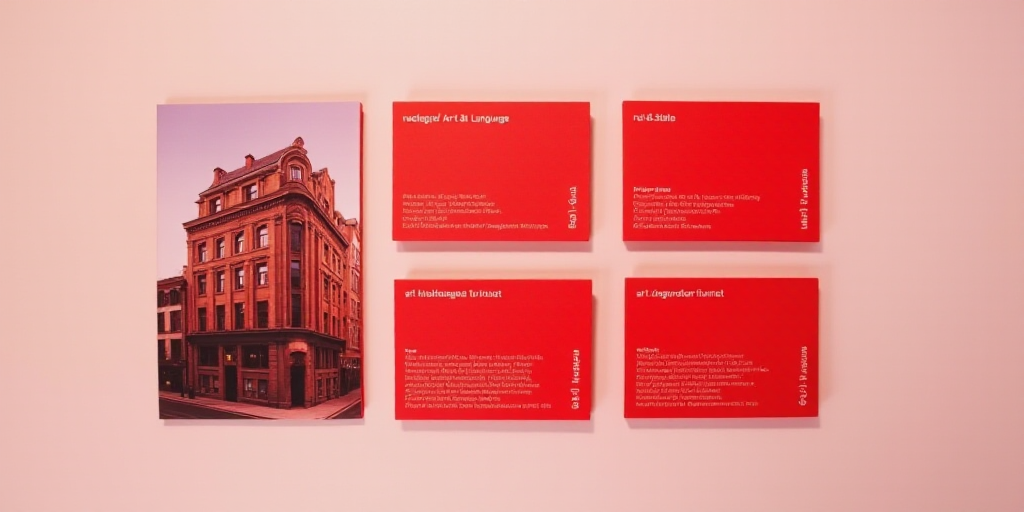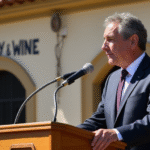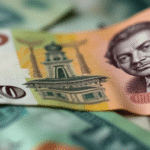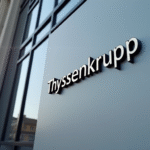The Visionary Porfirio Díaz and the Palacio de Bellas Artes
In spring 1907, President Porfirio Díaz, known for his foresight, established a commission to oversee the Centennial of Independence celebrations. He enlisted architects Justo Sierra and Vicente Riva Palacio as honorary figures for this task. The instructions were clear: “The celebration must showcase the country’s greatest advancements through the completion of beneficial public works.” The unspoken yet evident goal was to display the grandeur of his regime, attract foreign investors, and secure a place in both national and world history.
Key Projects Initiated by Díaz
- Construction of a racetrack
- Erecting a towering column dedicated to Independence with an angel at the top
- Building the modern Lecumberri prison in San Lázaro
- Renovating the Paseo de la Reforma, Mexico’s most illustrious avenue
- Creating the Palacio de Bellas Artes, the country’s premier artistic and cultural venue
Adamo Boari and the Palacio de Bellas Artes
The Italian architect Adamo Boari, favored by the Porfiriato regime, was commissioned to design the Palacio de Bellas Artes. Boari, born in Ferrara, had previously constructed the Catedral de Matehuala in San Luis Potosí and the Palacio de Correos in Mexico City.
Boari’s Vision for the Teatro Nacional
Boari was particularly passionate about the Teatro Nacional project, which would later become the Palacio de Bellas Artes. He began working on it in 1901 and started construction in 1904. His ambitious design included an indoor greenhouse for cultivating Mexican plant species as decorative elements, aiming to create an Art Nouveau style “mexicanized” by blending mesoamerican and neoclassical elements.
Challenges Faced by Boari
Boari’s project faced numerous challenges, including the initial sinking of the structure and the outbreak of the Mexican Revolution. He was forced to leave the country before seeing his vision completed.
Federico Mariscal Completes the Palacio de Bellas Artes
Three decades later, Mexican architect Federico Mariscal took up the project and finished it, incorporating Art Déco style interiors that contrasted with Boari’s original Art Nouveau exterior design.
Inauguration and Notable Attendees
The Palacio de Bellas Artes was finally inaugurated on September 29, 1934. The event featured a concert by Carlos Chávez and the National Orchestra of Mexico, the premiere of Juan Ruiz de Alarcón’s “La verdad Sospechosa,” and speeches by prominent figures such as Esperanza Iris, Diego Rivera, David Alfaro Siqueiros, Dolores del Rio, and Frida Kahlo.
Visiting the Palacio de Bellas Artes Today
Today, the Palacio de Bellas Artes welcomes everyone, regardless of background, language, ideology, or academic/social status. Visitors can explore its interior, admire the stunning stained glass window designed by Tiffany of New York, and enjoy panoramic views of the Valley of Mexico with Popocatépetl and Iztaccíhuatl in the background.
Key Questions and Answers
- Who commissioned the Palacio de Bellas Artes? President Porfirio Díaz
- Who were the original architects involved in the project? Justo Sierra, Vicente Riva Palacio, and Adamo Boari
- What challenges did Adamo Boari face during the construction? Initial sinking of the structure and the Mexican Revolution
- Who completed the Palacio de Bellas Artes? Mexican architect Federico Mariscal
- What notable figures attended the Palacio de Bellas Artes’ inauguration? Esperanza Iris, Diego Rivera, David Alfaro Siqueiros, Dolores del Rio, and Frida Kahlo






